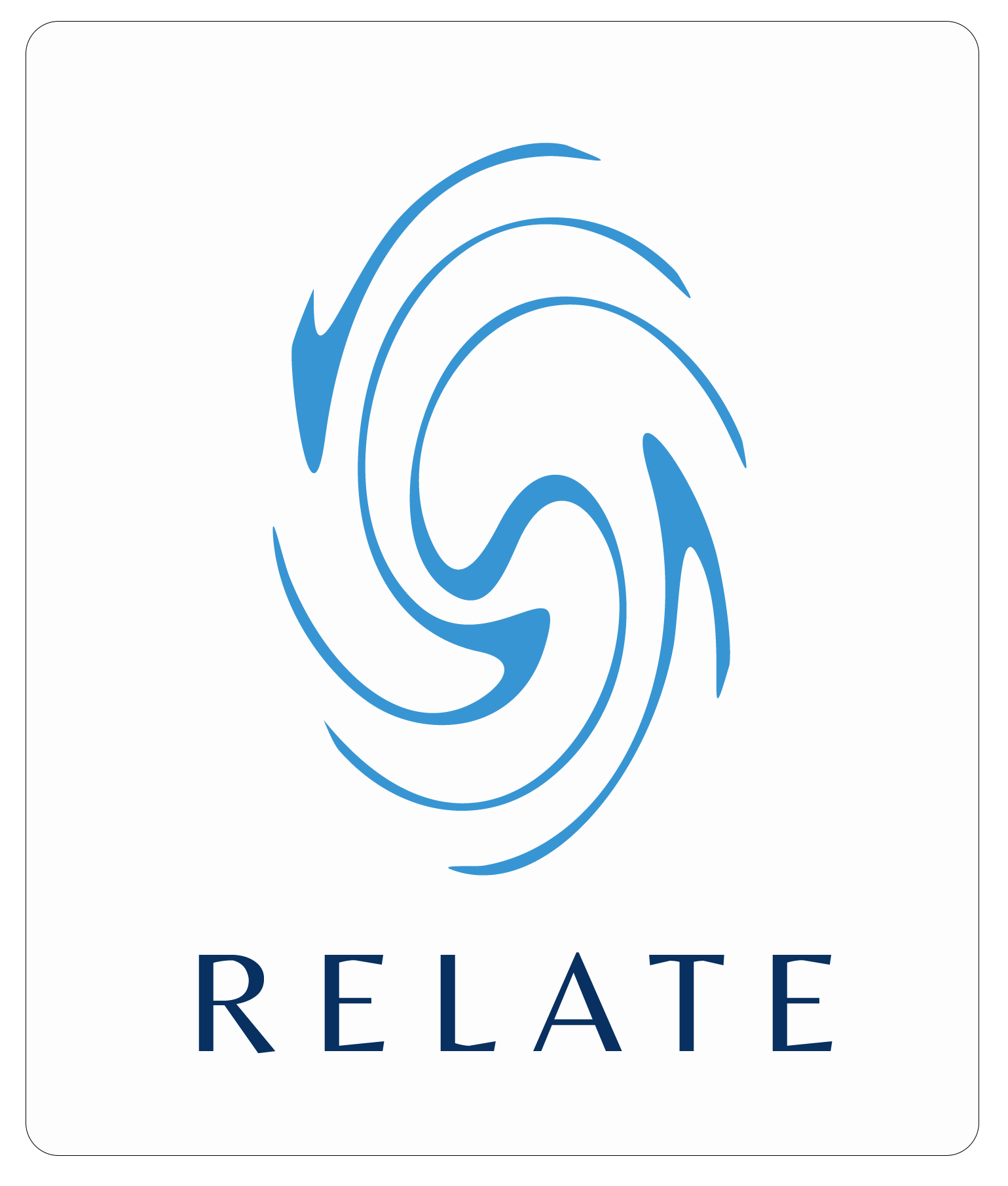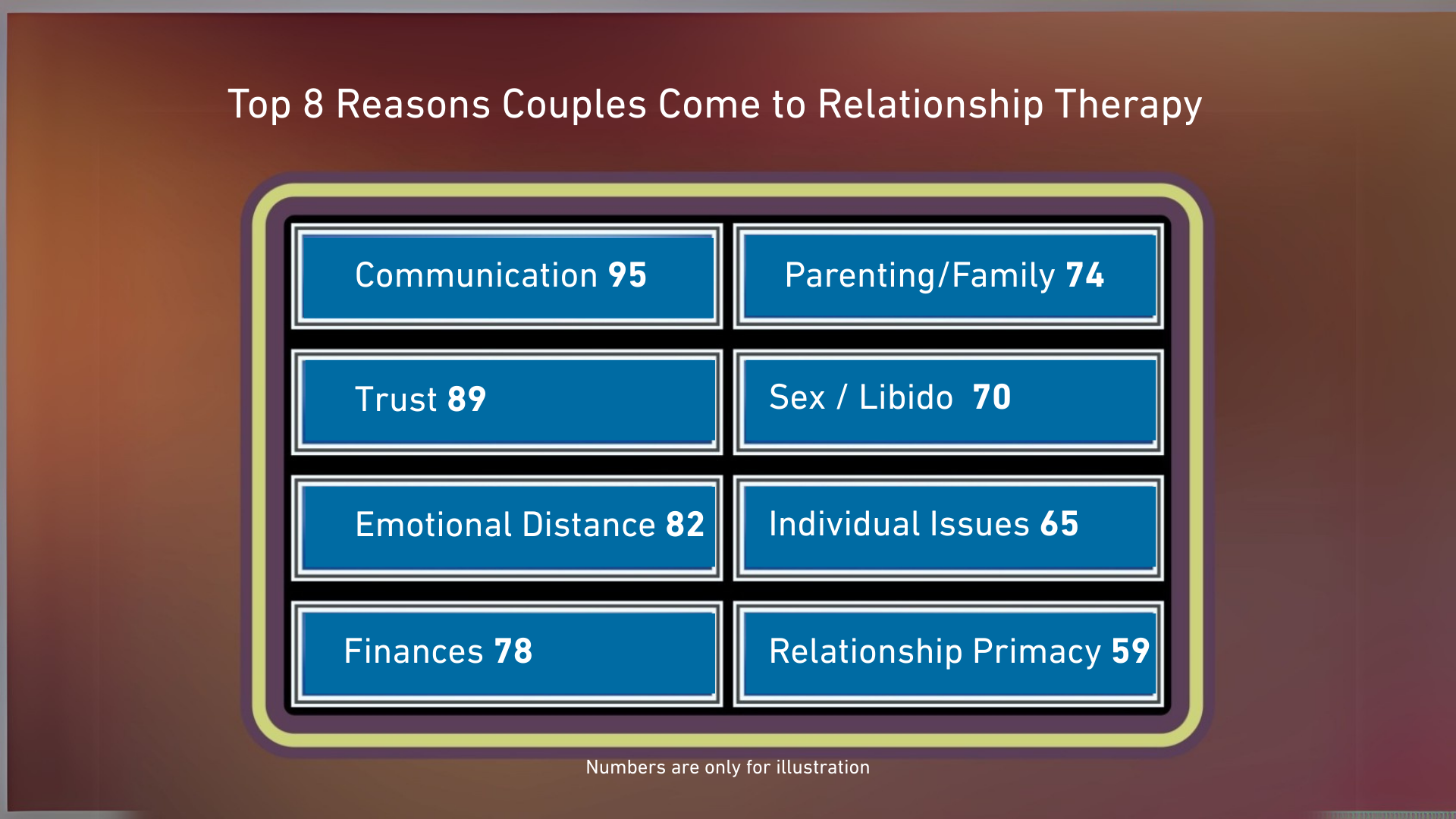Borrowed Trust: A Key Therapeutic Strategy in Presence Oriented Relationship Therapy
Introduction
In the world of couples therapy, trust is the foundation upon which healing and reconciliation are built. When betrayal, particularly infidelity, shakes a relationship, rebuilding trust becomes a critical but challenging task. One innovative approach within Presence Oriented Relationship Therapy (PORT) is the concept of "borrowed trust," where a therapist uses their presence and skills to create a high-truth environment that fosters healing. This article delves into the mechanics of borrowed trust, its importance in therapy, and practical applications for relationship therapists.
Understanding Borrowed Trust
Borrowed trust is a therapeutic strategy in which couples rely on the therapist’s credibility and guidance to navigate the chaos of betrayal and mistrust. When partners cannot immediately trust each other, they may still place confidence in the therapist as a neutral, knowledgeable authority. Over time, this external trust serves as a bridge, allowing couples to rebuild their internal trust dynamics. More resources on this topic can be found at Relate Online.
Why Individual Therapy Approaches Don’t Work for Betrayal Cases
Many therapists trained primarily in individual therapy naturally default to client-centered approaches that prioritize personal exploration and autonomy. However, when working with couples, particularly those grappling with infidelity, an unstructured, hands-off approach can be ineffective and even detrimental. Betrayed partners often experience overwhelming emotions—shock, grief, rage, and confusion—which demand structure and therapeutic guidance rather than a laissez-faire, “find your own way” approach.
The Neurodevelopmental Basis of Trust
Trust is not just a relational concept; it is deeply embedded in our neurobiology. From infancy, our attachment to caregivers teaches us what trust feels like. The "still face experiment" illustrates how babies rely on nonverbal attunement from caregivers for emotional regulation. When this attunement is disrupted, distress ensues. Similarly, betrayal in adult relationships disrupts the attachment system, leading to profound dysregulation.
Gottman’s research reinforces the idea that trust is a foundational predictor of happiness in heterosexual relationships, particularly a woman's trust in her partner. Furthermore, studies indicate that men in low-trust relationships exhibit higher mortality rates, underscoring the physiological and psychological consequences of broken trust (Gottman, 2011; Johnson & Zuccarini, 2010).
The Phases of Trust Disruption and Rebuilding
In PORT, trust rebuilding occurs in distinct phases:
-
Phase One: Crisis Stabilization
- Focus on immediate emotional regulation.
- Help clients manage physiological symptoms of betrayal (e.g., insomnia, weight loss, hypervigilance).
- Establish a high-truth environment where honesty is paramount.
-
Phase Two: Establishing Safety and Boundaries
- Guide partners in establishing clear relationship agreements.
- Address the betraying partner’s tendency toward defensiveness or minimization.
- Begin cultivating trust through transparency and consistency.
-
Phase Three: Deepening Understanding and Healing
- Engage in disclosure processes that provide clarity without retraumatization.
- Help clients identify and shift attachment-related trust patterns.
- Encourage emotional attunement and presence.
-
Phase Four: Integration and Future Planning
- Strengthen relational resilience.
- Implement trust-building rituals and ongoing transparency practices.
- Support couples in co-creating a new vision for their relationship.
The Role of the Therapist in Borrowed Trust
As therapists, our role is to:
- Anchor trust with reliability. Clearly outline the therapeutic process so clients know what to expect.
- Facilitate truth-seeking. Help clients discern between truth and deception in a non-shaming way.
- Redirect trust back to the couple. Avoid fostering over-dependence on the therapist.
- Model vulnerability and accountability. Admit when mistakes are made to demonstrate healthy relational repair.
Navigating Gaslighting and Evolving Truth
Gaslighting—whether intentional or subconscious—is a hallmark of infidelity cases. Betrayers may initially lie to themselves as much as to their partners. Therapists must create a structured process for disclosures, ensuring that truth emerges in a manageable, non-damaging way. Expecting complete honesty in the early stages is unrealistic; instead, therapists should guide couples through evolving truth, emphasizing patience and accountability (Mitchell, Castellani, & Whisman, 2022).
Borrowed Trust in Action: Case Study
Consider a couple, John and Lisa, seeking therapy after Lisa discovers John’s affair. Lisa is overwhelmed with mistrust, while John insists he has disclosed everything. Rather than forcing Lisa to immediately trust John, the therapist creates a structured process:
- Validates Lisa’s emotions and normalizes her distrust.
- Helps John understand the impact of his actions without defensiveness.
- Establishes a process for staggered disclosures, preventing retraumatization.
- Guides them through a structured rebuilding process, using therapist-facilitated transparency.
Conclusion
Borrowed trust is a powerful tool in relationship therapy, particularly when working with infidelity. By leveraging their credibility and presence, therapists can guide couples toward a structured, intentional rebuilding of trust. Understanding the neurobiological, attachment-based, and developmental aspects of trust allows therapists to navigate betrayal cases with greater precision and empathy. Ultimately, the goal is not for clients to trust the therapist indefinitely, but to transition that trust back into their relationship, fostering a sustainable, honest connection between partners.
For further reading, visit Relate Online and consult peer-reviewed studies such as:
- Gottman, J. M. (2011). The Science of Trust: Emotional Attunement for Couples. Norton & Company.
- Johnson, S. M., & Zuccarini, D. (2010). Integrating attachment theory into clinical practice: A neuroscience perspective on adult relationships. Journal of Clinical Psychology, 66(11), 1247-1258.
- Mitchell, A. E., Castellani, B., & Whisman, M. A. (2022). Betrayal Trauma in Romantic Relationships: Understanding and Addressing the Impact. Journal of Marital and Family Therapy, 48(2), 321-336.






